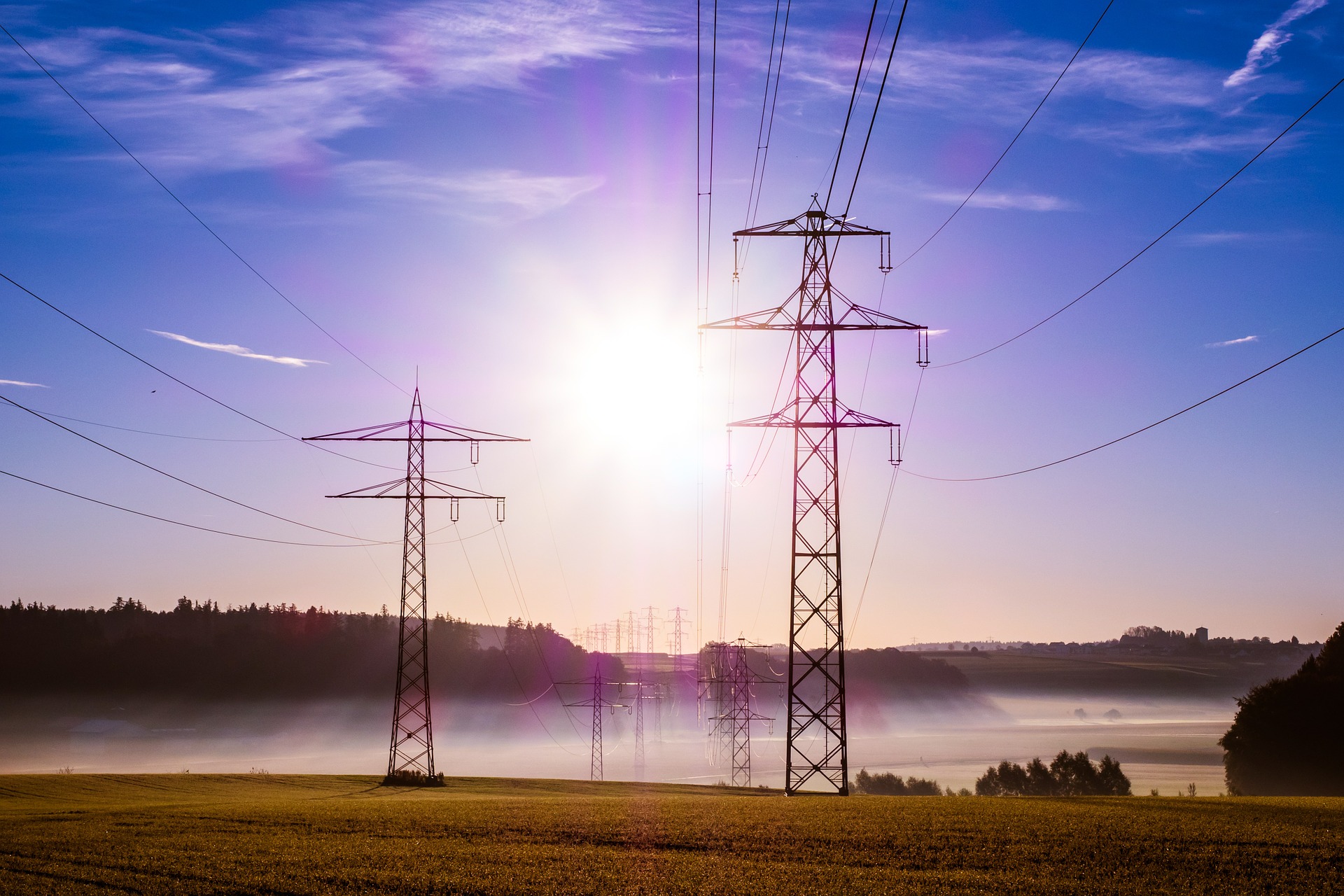Everything You Need to Know About energy optimization in buildings
Energy optimization is the simplest and quickest way to reduce energy consumption. With optimization, you get easy measures for your building that can result in resource savings in terms of energy consumption and costs. Read on to learn what energy optimization is and how it works.What is Energy Optimization?
Energy optimization is a process aimed at optimizing energy consumption in a building. This reduces costs for owners or tenants of commercial buildings.
"While carrying out energy optimization, the most important aspect is to ensure that the building's technical systems function efficiently and correctly to avoid unnecessary expenses and energy waste," says Laura Wiken, Energy and Environmental Advisor at Entro.
Entro offers operational optimization for various types of commercial buildings and has worked with numerous clients on projects involving improvements in energy efficiency through operational optimization.
How Energy Optimization Works
Operational optimization can be achieved by adjusting settings for e.g. ventilation systems. These adjustments are made based on the building's usage, who uses it and when. If a commercial building is vacant or has downtime at certain times, the operation should be adapted accordingly.
"It is important to consider the actual usage of the building. It is also crucial to identify and eliminate operational errors and inefficient operations that can cause energy losses," explains Laura.
Here are common measures for operational optimization:
Regulation of airflow in the building
Adjustment of temperature to ensure proper heating and cooling
Implementation of automatic settings in the system to reduce manual work
Monitoring of systems to identify faults and deficiencies
Installation of an automated control system to monitor and control conditions such as temperature, humidity, and air quality, thereby optimizing energy consumption
Implementation of efficient energy management and employee training
Operational Energy Optimization Should be Done Regularly
Operational optimization can benefit both owners and facility managers of commercial buildings, especially those aiming to reduce energy-related operating costs.
If you want to improve the indoor climate of a building, conducting operational optimization is also advantageous. It can make a significant difference in air quality and temperature stability, thereby enhancing the comfort for building occupants. It is not a one-time measure without follow-up or changes over time.
"Optimization can be performed regularly, for example, in connection with a new season or changes in the building's usage. Measures and changes should also be followed up to ensure the success of the optimization," explains Laura.
Therefore, it is worthwhile to conduct operational optimization:
Regular follow-up and adaptation can provide several benefits, including cost savings for owners or tenants," adds Laura.
Four Benefits of Operational Optimization:
Improved indoor climate
Reduced energy consumption
Lower consumption = cost savings
Sustainable and streamlined operations with automation and optimized tools or systems
Operational Energy Optimization or Upgrading: What Should You Choose?
The difference between operational optimization and a full upgrade is that the latter often involves replacing equipment, systems, or tools. An upgrade is, therefore, more costly and should not be the first choice when aiming to improve the energy efficiency of your building.
"During an upgrade, existing equipment is often replaced with new, more efficient alternatives. Operational optimization, on the other hand, focuses on making the existing equipment and systems work as efficiently as possible. This is achieved by identifying and eliminating inefficient operation and faults," says Laura.
During optimization, you work with what you already have, avoiding unnecessary and expensive investments. Operational optimization often yields noticeable results in a building's energy efficiency. Therefore, it is advisable to start with optimization and consider major upgrades only when necessary.
Entro Makes Optimization Easy for You
Entro provides energy efficiency and sustainability expertise, technical knowledge, and system monitoring to identify inefficient operations and faults.
"When working on operational optimization, we collaborate closely with the client. This includes site visits with the operations manager, thorough analyses, and knowledge transfer to the operations team. You will see results in a very short time after this process," concludes Laura.
Let us help you with operational optimization to ensure you get the most out of your investments in building systems.
Our consultants can assist with assessments and implementing short- and long-term measures.

